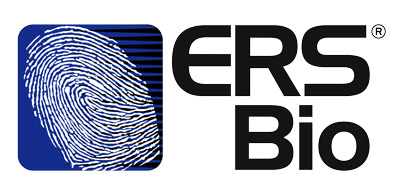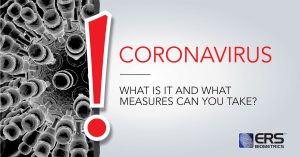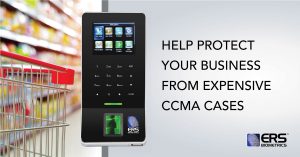Revolutionizing Workforce Management: Trends in Time and Attendance Management
Introduction:
Efficient workforce management is essential for organizations of all sizes. Accurate tracking of employee attendance, adherence to labour laws, and seamless integration with payroll and HR systems are critical aspects of this process. Over the years, time and attendance management systems have evolved significantly, incorporating advanced technologies to streamline these tasks and improve overall efficiency.
In this article, we explore the latest trends and developments in time and attendance management.
1. Biometric Authentication
One of the notable advancements in time and attendance management is the widespread adoption of biometric authentication. Biometric systems use unique physical characteristics, such as fingerprints, facial features, and palm vein patterns, to verify employee identities. This technology helps prevent buddy clocking (where one employee clocks in for another) and enhances accuracy.
2. Mobile Accessibility
In the age of smartphones, many organizations are transitioning to mobile-friendly time and attendance solutions. Employees can clock in and out using their mobile devices, making the process more convenient and accessible. This is especially valuable for remote or field workers who may not have access to traditional time clocks.
3. Cloud-Based Systems
Cloud-based time and attendance software solutions have become the new standard. These systems offer scalability, remote access from anywhere with an internet connection, and automatic updates. Cloud-based platforms simplify data management, reducing the need for on-premises infrastructure.
4. AI and Machine Learning
Artificial intelligence (AI) and machine learning (ML) algorithms are increasingly integrated into time and attendance management systems. These technologies analyze attendance data to identify patterns and anomalies. For example, they can detect trends in absenteeism or unusual clock-in/out times, allowing organizations to address potential issues proactively.
5. Integration with Payroll and HR Software
Seamless integration with payroll and HR software is essential for reducing manual data entry and eliminating errors. Modern time and attendance systems often offer robust integration capabilities, ensuring that attendance data seamlessly flows into payroll processing and HR records.
6. Geofencing and GPS Tracking
For organizations with remote or mobile workforces, geofencing and GPS tracking features are valuable additions. These technologies ensure that employees are where they should be when they clock in or out, enhancing accountability and preventing time theft.
7. Predictive Analytics
Some time and attendance systems leverage predictive analytics to forecast staffing needs. By analyzing historical data, these systems can help organizations optimize their workforce management, ensuring they have the right number of employees scheduled at any given time.
8. Compliance and Regulation
Time and attendance systems are continually updated to stay in compliance with evolving labour laws and regulations. Ensuring that organizations adhere to legal requirements is critical, and modern systems offer features that help organizations meet their compliance obligations.
9. Employee Self-Service Portals
Employee self-service portals have become more sophisticated, allowing employees to manage their own time-related tasks. These portals enable employees to request time off, view their attendance records, and make corrections when necessary, reducing administrative burdens on HR staff.
10. Data Security and Privacy
With the increasing importance of data security and privacy, time and attendance systems prioritize safeguarding sensitive employee information. Compliance with data protection regulations like GDPR and POPIA is paramount, and organizations must ensure that their systems adhere to these standards.
11. Real-Time Reporting and Notifications
Real-time reporting and notifications have become standard features in time and attendance management systems. Managers can monitor attendance in real time, receive alerts for potential issues, and take immediate corrective actions.
Conclusion:
Time and attendance management systems have come a long way, incorporating innovative technologies to improve accuracy, efficiency, and compliance. From biometric authentication to AI-powered analytics and mobile accessibility, these developments are helping organizations streamline their workforce management processes and adapt to changing work environments.
To stay competitive and compliant, organizations should keep an eye on the latest trends and consider upgrading their time and attendance systems to harness the benefits of these advancements.
As technology continues to evolve, the future of time and attendance management promises even more exciting innovations that will further enhance workforce management and empower organizations to make data-driven decisions.
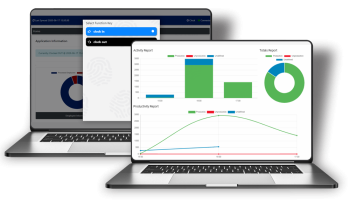
For more info on the ERSBio’s Productivity Monitoring software, click here.
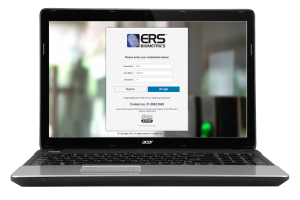
For more on ERSBio’s Time & Attendance Software, click here.
Contact us: sa***@*******co.za l 010 593 0593
